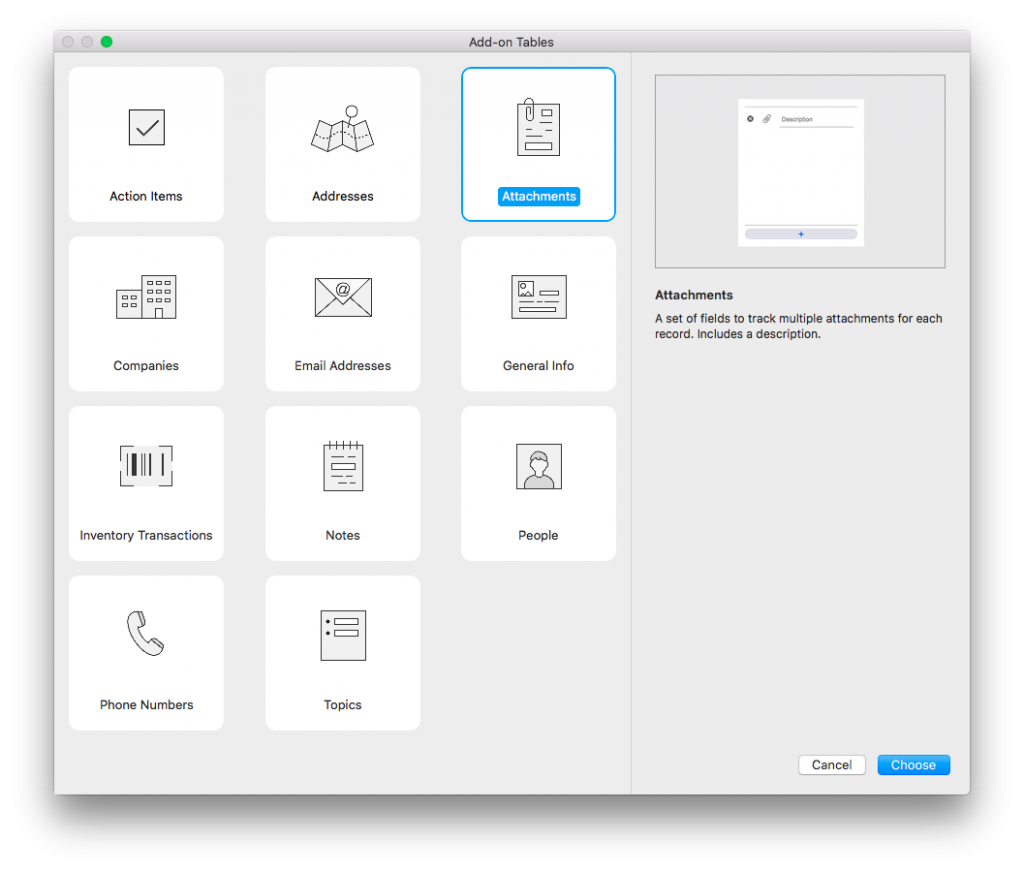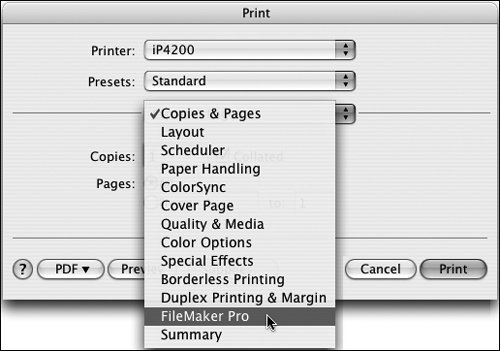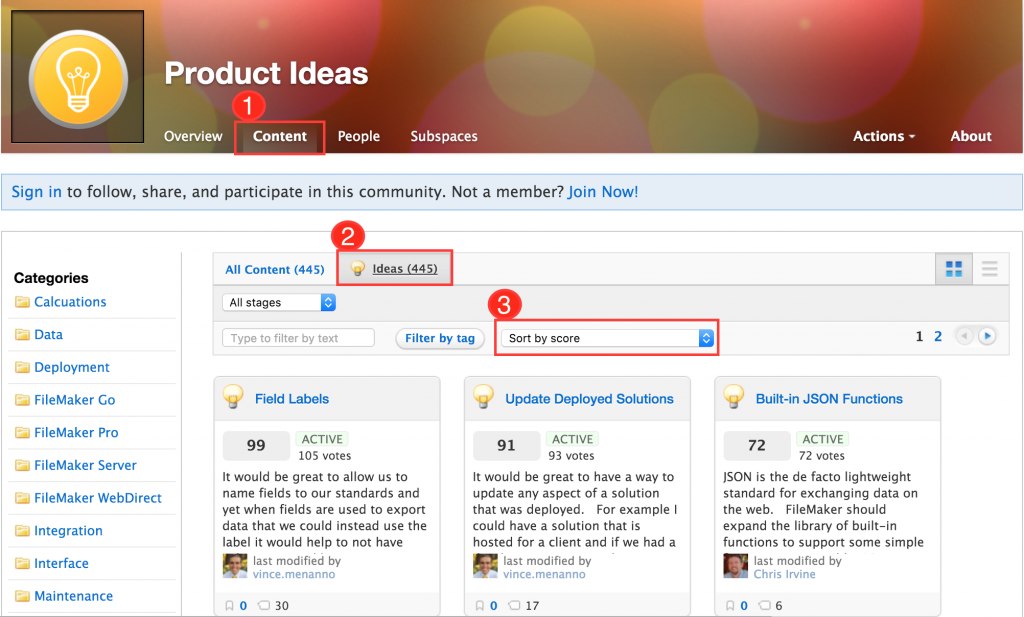



To see a portal in action, navigate to a layout that has the parent table (Town, in this case) as its table context. In the case of the Towns database, a portal lets you look at records in the TownOfficer table while you're sitting on the "parent" Town record.įor addition discussion of the "parent/child" naming convention, see "One-to-Many Relationships," p. A portal is a special FileMaker layout element that lets you work with data across two (or sometimes more) tables at once. Additionally, there's no way to see a list of town officials when looking at the master town record in the Town table.įileMaker solves both these problems with a tool called a portal. That seems like a tedious way to create data, and it's potentially error-prone because a user must know and correctly enter the TownID of every town. One way would be to navigate to the TownOfficer layout and create a record for each official, assigning a TownID of 1 to each. But how do we use them? Say there's a record for a town called Gorre, with a TownID of 1, and you want to enter information about the mayor and town councilors of Gorre. The town records database system has two tables in it now. Using a Portal to View Related Child Data

This section shows you how to begin to use your relationships to work with and create data in multiple tables at once. So far in this chapter you've learned how to create additional tables in a FileMaker system and how to build relationships between those tables based on well-constructed match fields.


 0 kommentar(er)
0 kommentar(er)
